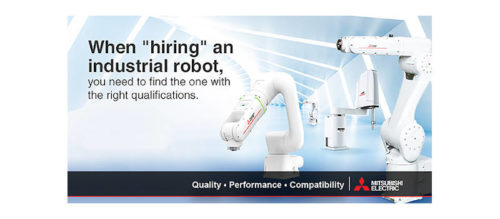Standards committee finalizes test methods and metrics for collaborative robots
The RIA R15.06 Standards Committee has finalized Technical Report (TR) R15.806-2018 to address the test methods and metrics for measuring pressure and force associated with quasi-static and transient contact events of collaborative applications.
The RIA R15.06 Standards Committee has finalized Technical Report (TR) R15.806-2018 to address the test methods and metrics for measuring pressure and force associated with quasi-static and transient contact events of collaborative applications. A collaborative robot is a type of robot intended to physically interact with humans in a shared workspace. Collaborative robots are experiencing rapid market growth. According to Markets and Markets research, the collaborative robots market is expected to reach a value of $4.28 billion by 2023, growing at 56.94% compound annual growth rate (CAGR).
As new automation technologies emerge, new safety standards are critical.
“One of the benefits of combining human and automated processes is increased flexibility and diversity of applications; but this can also increase safety hazards if a collaborative robot system is not designed and tested accurately. This new standard outlines the optimal testing methods for power and force in power-and-force-limited (PFL) cobot systems,” said Carole Franklin, RIA director of standards development.
The test methods and metrics are brand new to the automation industry. They determine conditions of the test measurements, measurement devices, and accurate testing methods. This document is supplemental to the R15.06-2012 and enhances the R15.606-2016.
“This is an important milestone in standards development because it shows how to test whether or not the PFL collaborative robot is operating within the pain threshold limit values of R15.606-2016. The pain threshold limit values are different for different parts of the human body that the cobot might contact. Collaborative robots have sensors and safety mechanisms built in, but the variety of applications and flexibility of cobots makes it necessary to run tests to ensure that the limits are set appropriately for the type of contact expected,” Franklin said.
– Edited from a Robotic Industries Association (RIA) press release by CFE Media. Robotic Industries Association (RIA) is a part of the Association for Advancing Automation (A3), a CFE Media content partner.
Original content can be found at Control Engineering.
Do you have experience and expertise with the topics mentioned in this content? You should consider contributing to our CFE Media editorial team and getting the recognition you and your company deserve. Click here to start this process.



